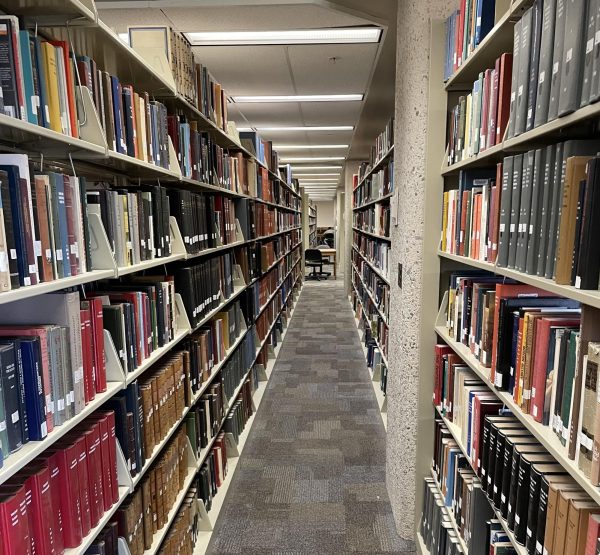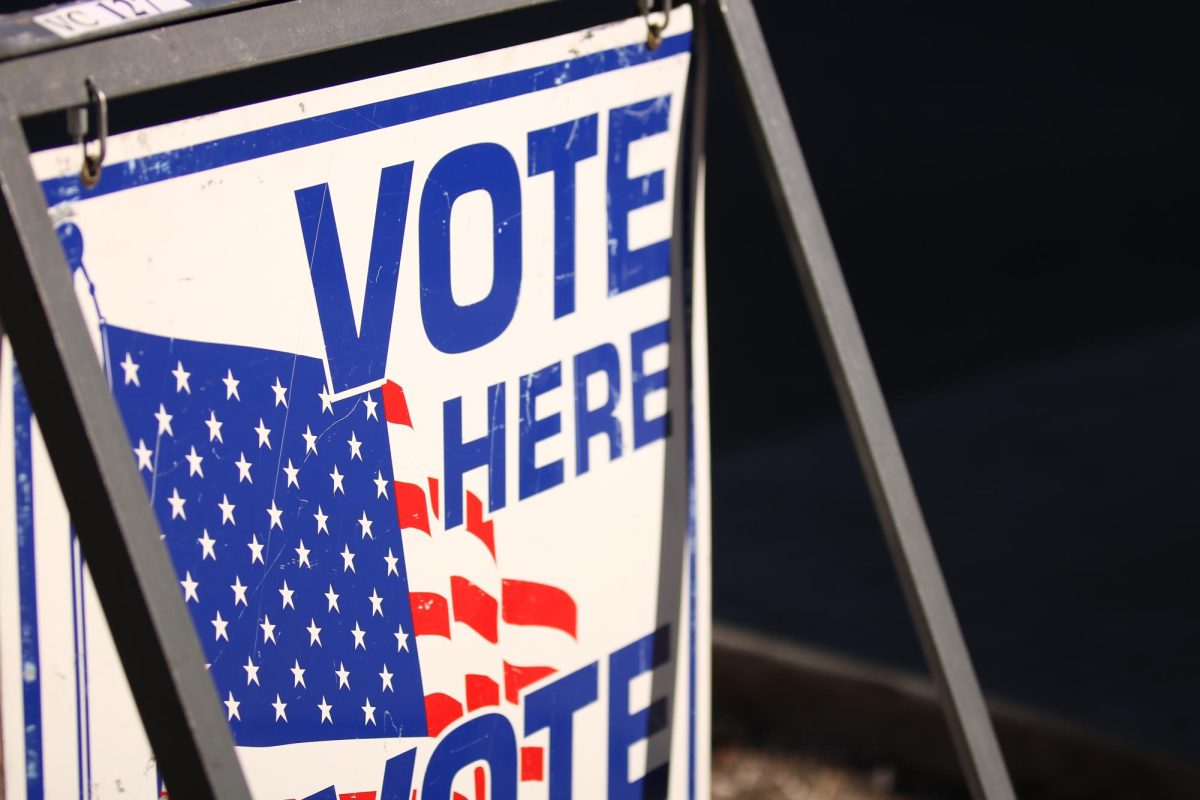Every table on the second floor of the University of Arizona Main Library was occupied on a recent Monday afternoon. A small group of students, laptops open, were diligently studying for their upcoming exams.
A few of these students were sitting against a wall not far from a bookshelf that once held thick volumes on science and nutrition.
“We have far more people here than books,” said librarian Lauren Wittek as she looked around at rows and rows of empty book shelves.
In the digital age, shelves are no longer essential for the library. However, tables are in high demand as students gather in the space to focus without distractions.
With the rapid growth of electronic resources, libraries are seeing new trends as they begin the transition into the digital world.
“I think the library has become more of a study center,” Wittek said. “Usually, it’s older community members who want hard copies.”
Some students still prefer physical books and exceptions are made to accommodate them. However, the majority of library users are drawn to the library primarily for its atmosphere rather than its physical collections.
“The library has become more of a go-to study spot for me,” said senior Carson Nannini, who is majoring in computer science. “I usually just use the space to focus and rely on digital materials for my coursework.”

The University of Arizona Main Library.
“With many books now digitized, most of our collection is accessible online through our catalog,” Wittek said.
This shift towards digital resources highlights the library’s increasing focus on accessibility and convenience. Additionally, it illustrates a larger trend of libraries adapting to the changing demands of contemporary audiences in a rapidly evolving digital landscape.
Adjacent to the UA Main Library, the Albert B. Weaver Science and Engineering Library is prioritizing changes, focusing on transitioning away from hard copies.
“We have an entire section of the library closed off as we transition those hard copies to digital formats,” said Michelle Monroe, the library’s service manager. “In recent years, we’ve noticed that students value digital resources more, so we’re working to support their preferences.”

The quiet corridors on the second floor of the UA Main Library.
This transformation reflects a larger trend in academic libraries, where digital resources are increasingly standard. Monroe highlighted that the push to digitize is not solely motivated by convenience; it also aims to optimize space and improve accessibility for a generation of students who are highly accustomed to technology.
“Digital resources allow us to provide 24/7 access to materials, which traditional formats simply can’t match,” Monroe said. “This ensures that students can access the information they need, whether on campus or working remotely.”
Monroe noted that while the library focuses on digital growth, it remains committed to maintaining essential physical collections for specific fields or historical materials with unique value.
The Pima County Public Library has also embraced the transition to digital formats, but with its demographic skewing largely elderly, books will always have a place in the county’s 26 libraries.
“We’ve experienced a growing demand for digital resources,” said Pima County Librarian Kate DeMeester-Lane. “At the same time, many of our older patrons still cherish the experience of checking out physical books. We’re dedicated to ensuring that option remains available for those who prefer it.”
This transition isn’t just about convenience—it’s about inclusivity and accessibility. Libraries are striving to meet the diverse needs of different generations and learning styles, ensuring they remain relevant in an increasingly digital world.
“This isn’t about replacing everything,” DeMeester-Lane said. “It’s about finding a balance that meets the needs of today’s users while preserving what’s valuable for future generations.”
Arizona Sonoran News is a news service of the University of Arizona School of Journalism.















